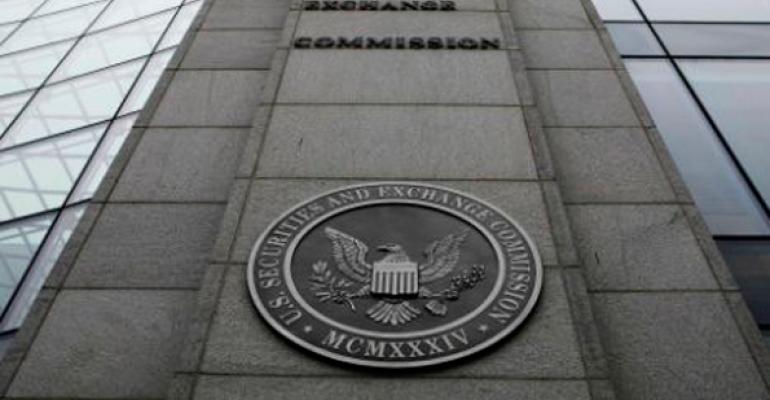In early 2013, the Securities and Exchange Commission began an examination of mutual fund distributions, 12b-1 and sub-transfer agent fees, known as sub-TA fees. But panelists at the SIFMA Private Client conference in Chicago last week said the review has brought attention to how advisors charge fund fees to their clients.
John V. Ayanian, partner at Morgan Lewis, said the review is causing some new conversations around fees between advisors and their clients.
“I think their initial focus will be on funds and advisors,” Ayanian said. “What you are seeing in connection with the SEC’s focus on payment and fee arrangement is that it’s steering the conversation between funds and their advisors and representatives and intermediaries as what to major services are being provided.”
That’s why it will be important to fairly disclose fees and articulate what service the client is getting, he added.
“Once we figure out where SEC is going with their direct review of advisors and funds, I could see potentially the low hanging fruit for the staff is a broker who received a sub-TA fee or a fee clearly (meant) for service and doing nothing and absolutely no responsibility with respect to the fee they’re getting paid,” Ayanian said. “I think that’s where it will start.”
The review may give rise to enforcement action, and/or rulemaking and guidance for firms. The SEC is focused on the size of the fees, services provided and the transparency of the fees. The panelists believe the low-hanging fruit could be fees charged for services never offered.
The SEC is questioning what certain mutual fund fees cover, so it’s critical that companies and advisors be up front on that issue.
Anne Cooney, managing director and general counsel with Morgan Stanley Wealth Management and SIFMA Private Client Legal Committee, and Gail Van Horn, vice president and associate general counsel at U.S. Bank and SIFMA Private Client Legal Committee, said their firms have many disclosure documents on what fees are charged and why.
“Google Morgan Stanley funds and you’ll find client-facing brochures explaining them in detail,” Cooney said. “We (also) disclose them in fund prospectuses and we create as best as we can in plain English, descriptive brochures on what types of fees clients are charged and the firm receives pays in regard to asset managers with whom we do business in the brokerage and advisory context.”
Ron Long, senior vice president and director of regulatory affairs and elder client initiatives at Wells Fargo Advisors, said personally speaking, certain fees make sense.
“Properly done 12b-1 makes sense,” he said. “You’re paid 25 basis points for service provided and sales compensation (for load funds). I’d take that every day over a mystery about what’s too long, too much, what should I get or not get.”
12b-1 fees are annual marketing or distribution fees on a mutual fund and are included in the fund’s expense ratio as an operational expense. Usually the fee is between 0.25 percent to 1 percent of a fund's net assets.
Panelists are hoping the industry will learn what the SEC plans through rule making.
“We heard about referrals for enforcement, it’s unclear whether they will ripen in to enforcement actions, but hopefully that’s not how we will learn from the SEC on that issue,” said Kevin Carroll, managing director and associate general counsel for SIFMA.





